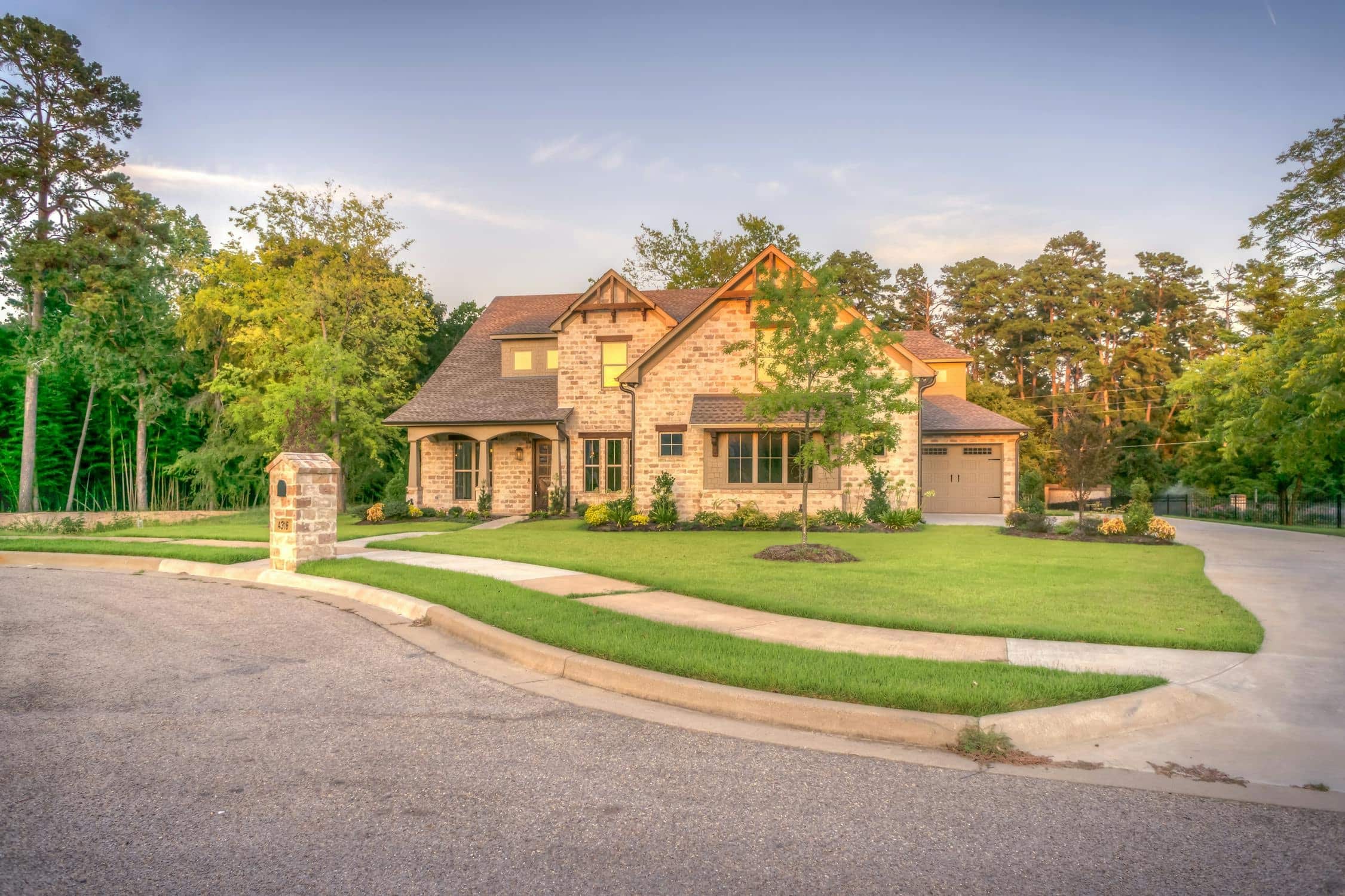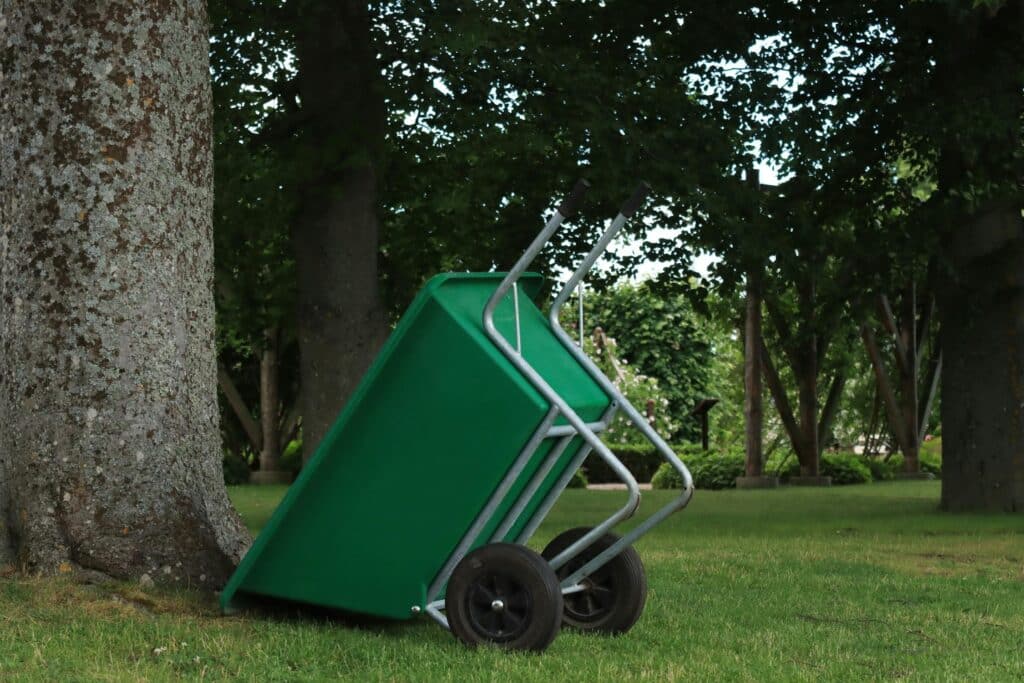There is a lot of useful content online, but there is also lots of misinformation, especially when it is a hotly debated topic with lots of loud proponents on both sides. With artificial turf becoming more popular in recent years and raising concerns about climate change, there is naturally a certain dose of skepticism about its use.
On the one hand, people are worried that synthetic materials degrade very slowly and can end up in landfills for a long time. On the other hand, some rightly point out that it is a good alternative to real grass because it conserves water and doesn’t require the use of fertilizer or pesticides.
We’ll take a deep dive into the arguments of both camps to see if there is a net positive or negative, but first, we need an overview of the synthetic materials used.
Colloquially known as “fake grass”, this synthetic product is nothing more than a collection of plastic grass blades tufted into a breathable base layer that lets moisture through and topped with an infill material, anything from sand to crumb rubber, and even organic materials like cork and coconut fibers.
Artificial lawns come in different varieties, some being light and mostly ornamental for areas with minimal foot traffic, while others can be thick and heavy, able to withstand multiple seasons of outdoor sporting events.

Real grass has relatively shallow roots and grows fairly quickly, which is why it requires a lot of water to sustain that growth and stay lush and green. It is also susceptible to damage from harsh weather, especially in extremely hot or cold climates, and can easily be torn out or damaged.
Unlike living lawns, its synthetic counterparts will always remain at the same length and look the same, unaffected by the elements, resistant to wear and tear, mud-free, and requiring zero water.
The main concerns about synthetic turf being bad for the environment can be summed up in three points:
These are legitimate concerns, but there is also the broader impact synthetic turf may have on the climate and local habitats:
We’ve covered the biggest issues and arguments against artificial grass, so it’s only fair to explore some of the potential benefits it can offer, both to the individual and the ecosystem.
While a lot of the above points seem pretty damning, synthetic turf also has some remarkable upsides, including:
With all these positives in mind, let’s look at some of the scenarios where artificial grass outshines the real deal and offers a net positive for your pocket, free time, and the environment.
Just to give you a general idea of when synthetic grass makes the most sense, here is a quick overview of most scenarios where people reach out to ProGreen:
There are lots of other examples, but these are the ones we usually see. In all these examples, there is one more important factor we haven’t mentioned – there are ways to limit some of the potentially harmful effects mentioned in one of the previous sections.

The new generation of turf products are made with environmentally friendly methods and feature modern recyclable materials to reduce the negative ecological impact. Here are just a few ways the latest products offered by ProGreen accomplish this goal:
As you can see, there are a lot of things an ethical and eco-conscious company like ProGreen can do to address most of the environmental concerns surrounding artificial lawns while offering all of the unique benefits outlined in previous paragraphs.
It’s easy to see why people are still worried about microplastic pollution, soil health, and reduction of natural habitats when talking about artificial turf, but as you’ve seen, there are also plenty of benefits, especially in the right scenarios.
Low maintenance requirements lead to a lower carbon footprint, there is no need for toxic herbicides and pesticides, and it’s a lot less hassle for the homeowner. Water conservation is also pretty astounding when compared to watering natural grass daily, which is good for the environment and your wallet.
Ultimately, you have to weigh all the pros and cons carefully for each project to balance out your practical and aesthetic needs, budget, and environmental impact. Luckily, there are many options to choose from at ProGreen, many with a unique blend of synthetic and natural materials.
Contact ProGreen today to restore your lawn to perfection after the storm.